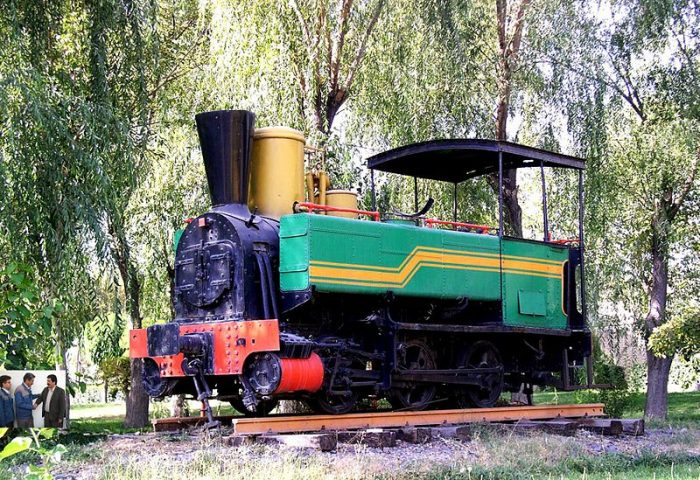There was an international passenger train between Almaty (KZ) - Tashkent (UZ) - Tehran (IR). According to reports, it ran only once! That was back in 2002. I researched the topic in 2005 when I was in Iran.
Here's an excerpt of information I found at the time:
To my knowledge, no passenger service has run across the line since then. There are international passenger trains between Kazakhstan and Uzbekistan. I think the main barrier to restarting this would be Turkmenistan, given they have poor relations with the neighbouring countries and appear to have little desire for external links. If the situation in Turkmenistan were to change and this service were to operate it would be a great experience. I can't find the source, but I've read about (optimistic) plans to run an Almaty - Istanbul passenger service via Tehran. Beijing to Istanbul with two changes! Now that would be a journey...
Here's an excerpt of information I found at the time:
https://www.trains-worldexpresses.com/300/306.htmAccording to Samuel Rachdi/ Fahrplancenter, a run with 3 sleepers Tehran - Tashkent - Almaty started in March 2002. From Uzbekistan problems with the provision of locomotives were reported and some windows were smashed. According to turksib.com, starting of the train service Almaty - Tehran was “postponed definitely” in May 2002, nevertheless Cook Overseas Timetable of 2005 mentioned it as a once-weekly express Tehran - Turkmenabad - Tashkent - Almaty, but at least in that year it did not run. Later no service from Iran to Turkmenistan was listed and passengers had to change train at the border station Serakhs.
To my knowledge, no passenger service has run across the line since then. There are international passenger trains between Kazakhstan and Uzbekistan. I think the main barrier to restarting this would be Turkmenistan, given they have poor relations with the neighbouring countries and appear to have little desire for external links. If the situation in Turkmenistan were to change and this service were to operate it would be a great experience. I can't find the source, but I've read about (optimistic) plans to run an Almaty - Istanbul passenger service via Tehran. Beijing to Istanbul with two changes! Now that would be a journey...






